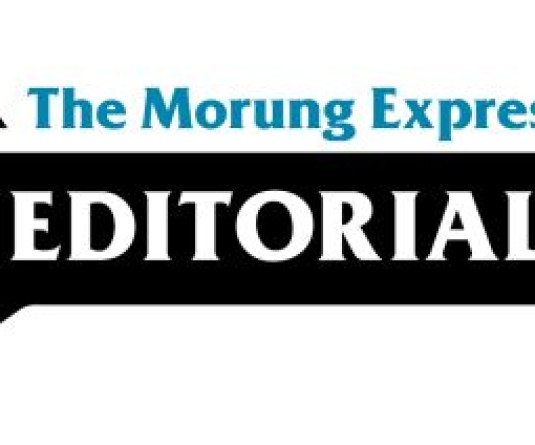
Mediation and Negotiation are tools integral to peacebuilding processes, both of which are used to transform conflicts by nonviolent means. Today, mediation can be an alternate means for resolving legal disputes and are being incorporated in the court of law. The recent truce which facilitated humanitarian aid and exchange of prisoners between Hamas and Israel with Qatar serving as the mediator is another example of the value of mediation internationally used at high levels of diplomacy and peacebuilding.
Models and praxis of both mediation and negotiation are inherently flexible and often have evolved from particular social and cultural values and experiences. One form of mediation which works in one cultural setting may not be as effective in another setting due to different social practices, values and beliefs. Therefore, for mediation to have relevance within peacebuilding processes, it has to evolve contextually in accordance with the social and cultural values which are inherent to a specific situation.
Often the differences between modern and traditional societies require diverse approaches for mediation such as ‘formal mediation’ and ‘informal mediation’ respectively. Recognizing the situation’s complexity, such as a deep-rooted transnational and trans-cultural conflict, significantly impacts the forms of mediation that are being applied. Although, as a concept, mediation is universal in nature, its usage have often been reduced, confined and determined within narrow domestic cultural settings.
The international arena of peacebuilding has not optimized or creatively applied mediation and negotiation. Very often the power-over position based method has been imposed. Usually, the party with more power determines what model, approach or form of negotiation and mediation that will be used. All too often the intolerant and unaccommodating nature of dominant States, groups, and cultures deny the transformative role of mediation in resolving conflicts.
What is also important to remember is that the cultural context of each society greatly influences the mediation process they follow. Today, modern society has been stratified into classes and divisions of labor with formalized roles which are brought into the mediation process. This accounts for why mediation in modern societies has acquired a formal and bureaucratic nature in terms of the style of functioning, particularly in the ‘conceptualization of time’ when compared to indigenous approaches. As a result, mediation has acquired a very ‘professional’ character whose functional nature is often impersonal, individualistic, formal, settlement driven, and where the ‘mediator’ assumes the role of a ‘technician.’
Understanding this distinctive feature is essential because the modern society is held together by an increased division of labor and specialized roles and functions, all of which contribute to its complexity. The need for modern society to learn from Indigenous Peoples on aspects of common values, beliefs and loyalties has become essential.
In spite of the existence of mediation’s bureaucratic and formal nature which functions similarly to the State, an alternative process of mediation within the modern society is emerging that supports a more informal, transformative, and unstructured approach. This emerging concept needs to articulate itself more clearly. Unfortunately, with modernization many values revolving around collectively restoring relationships, interdependence have lost significance, and human interactions have been reduced to those who received the maximum reward.
In order for mediation to be transformative in today’s world, it has to be more accommodating and embrace the vast diversity of human cultures. In this way, new learning can be shared more broadly that strengthens and complements new knowledge systems foundational to building peaceful and harmonious societies. Consequently, mediation is both a process and an effort towards enabling cooperative problem-solving that needs to be put into contextual praxis through a self-determining lens.






